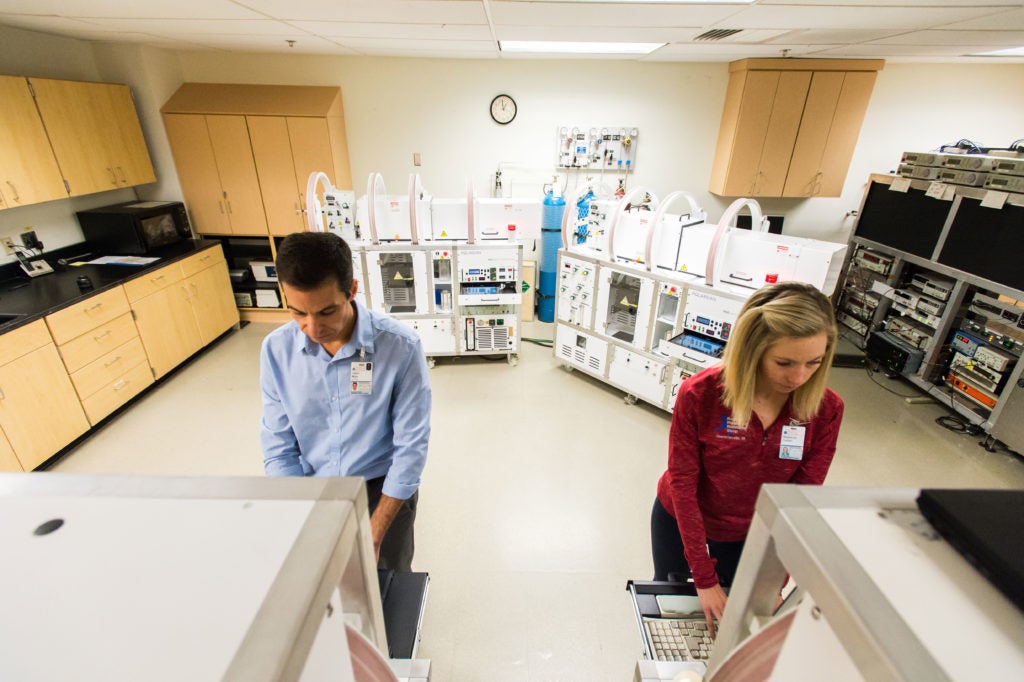


Place the air-filled balloon just inside the large opening at the back of the syringe.Remove the plunger from the syringe so that it is open on the large end.Tie its opening with a knot, and trim any remaining material after the knot. Use the syringe to fill another balloon with some of the water, making it the same size as the air-filled balloon.Tie off the balloon and trim any extra balloon material beyond the knot. Use the syringe to fill one balloon with a little bit of air-so that the balloon will still fit inside of the syringe.Ensure that it is airtight and does not have a needle. Large plastic syringe (approximately 60 milliliters works well), such as a children's oral medicine syringe (available at most drug stores).At least two small balloons such as water balloons.In this activity you will create your own demonstration of Boyle's law. This creates low pressure and high pressure in our lungs, resulting in air getting sucked into our lungs and leaving our lungs. Inhaling and exhaling basically means increasing and decreasing the volume of our chest cavity. One important demonstration of Boyle's law is our own breathing. When you remove the cap, however, the available volume increases and some of the gas escapes. As long as the bottle is closed, it is very hard to squeeze, as the gas is confined to a small space and pushes against the bottle's walls. To get carbon dioxide gas into the liquid, the whole bottle is usually pressurized with gas. You can feel how the tire becomes pressurized and tighter. This increases the pressure of the gas, and it starts to push against the walls of the tire. When you pump air into a tire, the gas molecules inside the tire get compressed and packed closer together. You can observe a real-life application of Boyle's Law when you fill your bike tires with air. If you decrease its pressure, its volume increases. He found that if you pressurize a gas, its volume contracts. Robert Boyle, a chemist and physicist from the 17th century, discovered that the volume of gas, meaning how much space it occupies, is related to its pressure-and vice versa. This means that in contrast to liquids and solids, the volume of a gas is not fixed. They continue to spread to any space that is available. Gas particles, however, are widely spread out and occupy lots of space. Although the particles in a liquid are also close together, they are able to move freely. Particles in solids are usually tightly packed in a regular pattern. The difference between solids, liquids and gases is how the particles (molecules or atoms) behave. In this activity you will demonstrate-with the help of air- and water-filled balloons-how a gas changes volume depending on its pressure. Opening the bottle releases the built-up pressure inside, causing the gas-liquid mixture to rush out the bottle. Why does that happen? It has to do with the carbon dioxide gas that is added to the liquid to make it fizzy. You have probably opened a soda before and had the liquid fizz right up out of the bottle, creating a huge mess.


 0 kommentar(er)
0 kommentar(er)
